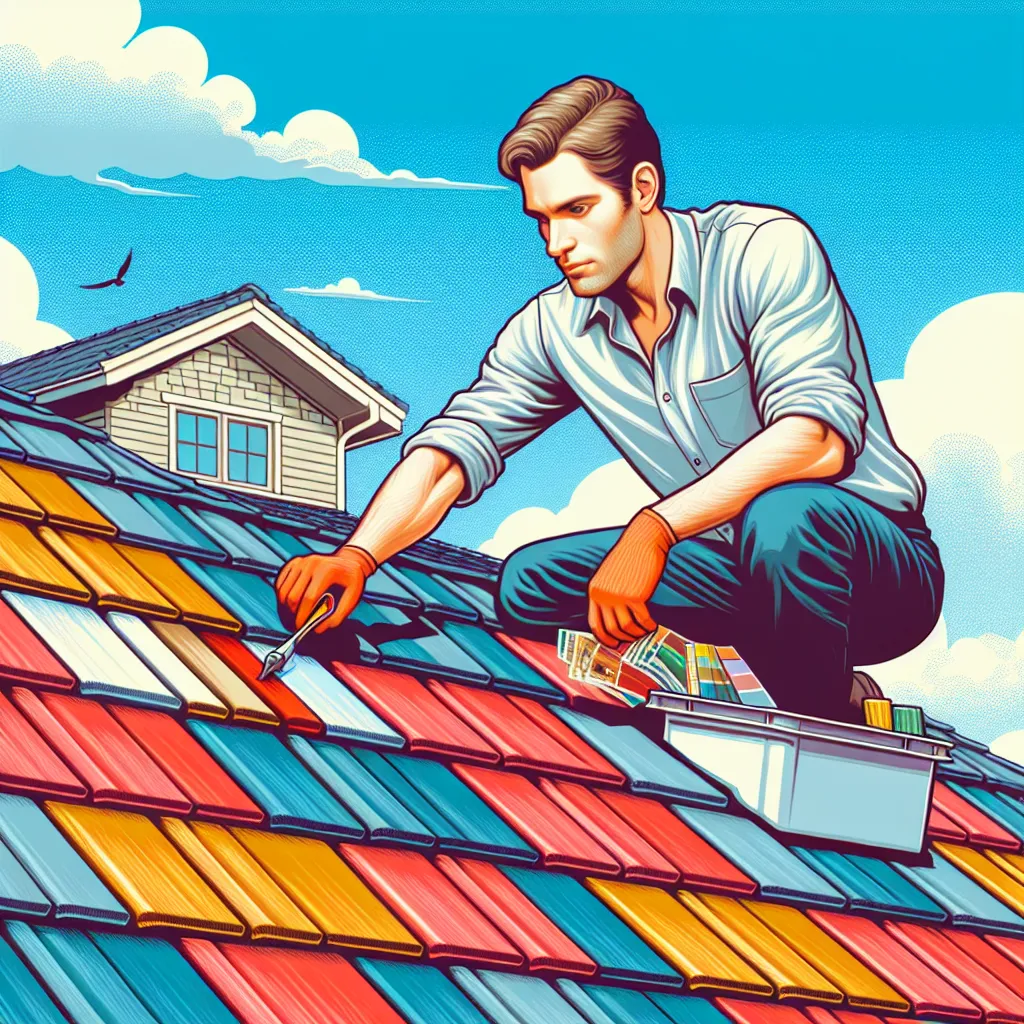Roof replacement is one of those things we tend to ignore—until a leak drips on our dinner table. When it comes to home maintenance, few projects are as crucial, costly, or confusing as roof replacement. We’ll demystify the process, spotlight what actually matters, and call out common myths. If “roof replacement” makes your wallet tremble, you’re not alone—let’s break down everything you need to know, with zero fluff.
What Is Roof Replacement, Really?
Roof replacement means removing your old roofing materials—usually shingles or tiles—down to the base layer and installing brand new ones. Sounds simple, right? But there’s more beneath the surface. The process impacts your home’s safety, energy bills, and even its value. Skipping or rushing it can be as risky as ignoring your car’s brakes.
Why Roof Replacement Matters
- Protects your biggest investment (your home) against water damage, mold, and structural issues.
- Boosts curb appeal and resale value—buyers notice a new roof.
- Improves energy efficiency when new materials and ventilation are installed.
- Prevents hidden rot that can wreak havoc if left unchecked.
Roof Replacement: Key Benefits and Drawbacks
Let’s get real about the good, the bad, and the ugly.
Benefits
- Peace of mind: No more buckets in the hallway after a storm.
- Lower utility bills: Modern materials and better insulation keep you cooler in summer and warmer in winter.
- Warranty coverage: Most new roofs come with warranties, protecting you for decades.
- Higher home value: According to Remodeling Magazine, a new roof recoups up to 60-70% of its cost at resale.
Drawbacks
- Big upfront cost: Roof replacement isn’t cheap. Expect to pay thousands.
- Disruption: Hammering, debris, and construction chaos for a few days.
- Decision fatigue: So many material, color, and contractor choices.
- Unexpected surprises: Sometimes rot or bad decking is uncovered, which bumps up costs.
Practical Use Cases
- Storm damage: After hail, wind, or fallen trees.
- Aging roof: Asphalt lasts 15-25 years; tile or metal up to 50.
- Major leaks: When patch jobs just don’t cut it anymore.
- Energy upgrades: Pairing new roofing with solar panels or insulation improvements.
Understanding Roof Replacement: The Process
Ever wondered what actually happens during roof replacement? Here’s an honest, step-by-step breakdown.
Step-by-Step: How Roof Replacement Works
- Inspection: A pro checks for leaks, damage, and ventilation issues.
- Estimate and contract: You get a detailed quote and sign on the dotted line.
- Preparation: Materials are delivered, permits pulled, and property protected.
- Tear-off: Old shingles/tiles, underlayment, and flashing are removed.
- Repair deck: Any soft or rotten wood is replaced—this is crucial!
- Install underlayment: A waterproof layer goes down first.
- Install new roofing: Shingles, metal, or tiles are attached.
- Flashing and ventilation: Metal pieces and vents keep water and air flowing right.
- Cleanup: Debris removed, stray nails magnetically swept up.
- Final inspection: Contractor (and you!) sign off on the work.
Roof Replacement Methods
| Method | Pros | Cons |
|---|---|---|
| Tear-off | Best longevity, uncovers rot | Most expensive, more labor |
| Overlay | Cheaper, faster | Can hide problems, not always legal |
Overlay is only allowed if you have one layer of shingles—never more. But honestly, we’d only overlay if costs are a real issue and the current roof is in perfect shape.
Comparing Roofing Materials for Roof Replacement
Choosing a material is like picking a new pair of shoes: style, comfort, and price all matter.
Common Roofing Materials
| Material | Lifespan | Cost | Looks | Notes |
|---|---|---|---|---|
| Asphalt Shingle | 15-25 yrs | $ | Classic, versatile | Most affordable, easy to repair |
| Metal | 40-70 yrs | $$-$$$ | Sleek, modern | Reflects heat, lightweight |
| Wood Shake/Shingle | 20-30 yrs | $$ | Rustic, natural | Needs maintenance, fire risk |
| Clay/Concrete Tile | 50+ yrs | $$$ | Mediterranean | Heavy, super durable |
| Slate | 60-100 yrs | $$$$ | Elegant, historic | Very heavy, needs strong support |
Material Comparison Graph
Roof Replacement
Roof replacement is a major project that involves removing your old roofing materials and installing new ones to protect your home effectively. It’s essential because a worn-out roof can lead to leaks, mold, and structural damage.
Why Choose Roof Replacement?
- Enhanced Protection: Keeps water, wind, and pests out.
- Increased Home Value: A new roof boosts curb appeal and resale price.
- Energy Efficiency: Modern materials improve insulation and reduce bills.
Cost & Comparison
| Method | Cost Range | Benefits | Drawbacks |
|---|---|---|---|
| Full Tear-off | $8,000–$20,000 | Long-lasting, thorough | Higher cost, more disruption |
| Overlay | $5,000–$15,000 | Faster, cheaper | Hidden damage risk |
Key Factors to Consider
- Material Type: Asphalt, metal, tile, slate.
- Project Scope: Size, complexity, and existing condition.
- Contractor: Choose a licensed, reputable company like .
Ready to protect your home and boost its value? Contact us today for a free estimate and expert guidance on your roof replacement project!
Frequently Asked Questions About Roof Replacement
How do I know if I need a roof replacement or just repairs?
If your roof has widespread issues like leaks, missing shingles, or sagging, or if it’s over 20 years old, replacement is often the best choice. Repairs are suitable for localized problems, but ongoing damage suggests a full replacement is smarter in the long run.
How long does a roof replacement typically take?
Most roof replacements take between one to three days, depending on the size and complexity of your home. Bad weather or complex designs can extend the timeline to a week or more.
Will my homeowners insurance cover a roof replacement?
Insurance may cover roof replacement if the damage results from sudden events like hail or wind storms. Normal wear and tear usually isn’t covered, so it’s best to check with your provider and document any storm damage.

